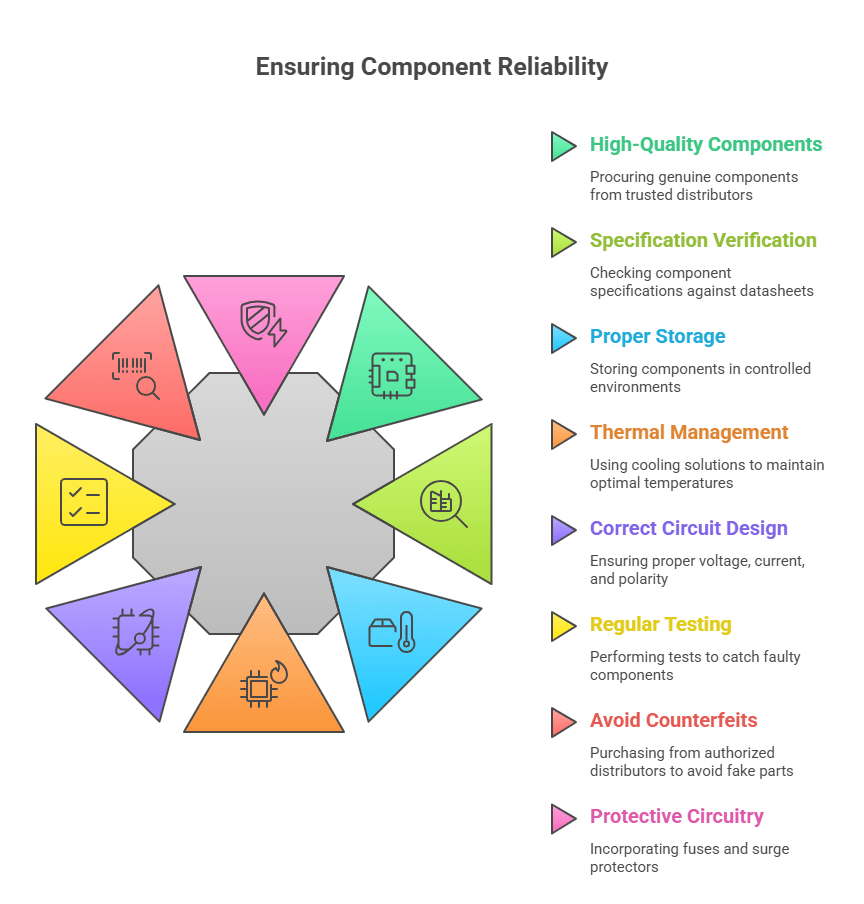Guide to Identifying Counterfeit Electronic Components in the Market
In today’s fast-moving electronics industry, counterfeit electronic components have become a major concern for manufacturers, OEMs, and engineers. These fake parts not only cause performance failures but can also lead to safety risks and financial losses.
To ensure your circuits perform reliably and your products meet quality standards, it’s essential to know how to identify counterfeit electronic components before they enter your supply chain.










